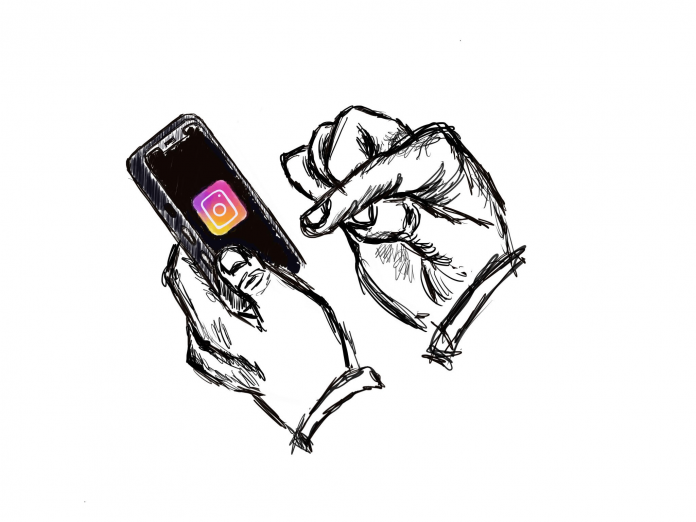Alex Nakamitsu ’26 is planning on majoring in philosophy. She is Japanese and Swedish and loves the outdoors. Email Alex at aanakamitsu@wm.edu.
The views expressed in the article are the author’s own.
Reading, watching or listening to the news is an important way for students to be able to engage with both their own community and be aware of events around the world. Much of the information out there, however, can be heavily biased depending on where we get it from. Social media is an increasingly popular way for college-aged people to stay informed. What is the value of social media as a news source, and what could be the harm? How do we assess the level of bias in the information we consume?
With the demanding workload of the College of William and Mary, many students may struggle to find the time to be engaged with news and current events. Students may turn to quick, digestible sources of information, such as social media. This is not uncommon for many college-aged people, a survey by Reuters of 12 countries found that 39% of 18-24-year-olds get most of their news from social media. Visual platforms such as Instagram, YouTube and TikTok are the three most popular social media platforms where young people get their news.
There can be many benefits to getting some news from social media. The main appeal is that it is quick, digestible and widely accessible. Anyone can easily make an account on social media and gain access to tons of content for free, while many articles from new sources are often blocked by a paywall. Additionally, many young people spend so much time on social media that getting your news from it is easy and convenient. Many reputable and trusted news sources also have their own social media page, which can broaden the news platforms’ readership and get young people interested in current events.
The problem is that news from social media can easily contain misinformation and be biased, and the advanced algorithms can make it hard for us to tell what information is reliable. Some young people are seemingly aware of this, as a survey by Ofcom showed that 30% of people acknowledge that news from social media is less reliable. The prevalence of social media in this day and age makes getting some news from it can be somewhat unavoidable for most young people. A Pew Research Center survey found that when asked fact-based questions on current events, those who used social media as their primary news source scored significantly lower than those who got their news from radio, print and news websites. Those who use social media are also much more likely to hear conspiracy theories concerning the COVID-19 pandemic.
On the flip side, the same study found that 40% of young people either often or actively avoid news altogether. Many feel as though the news they see is so often negative that it affects their mood. As disheartening as what we see in the news may be, it is still important to be engaged with what is going on in your community and around the world. Many also distrust the news they see, as 37% of respondents do not trust the news most of the time.
This is not to ignore that a significant portion of young people, about 34%, do get their news from actual news platforms. This raises the question of what news source is the most trustworthy and unbiased. There is a difference, however, between bias and misinformation. Bias is simply the writer’s skewered perspective on a certain topic. This does not mean the information presented is necessarily untrue, it simply means that the writer is inclined toward a certain opinion. Misinformation, on the other hand, means that the work is either partially or completely fictitious, and not based in fact in any way. It is difficult to eliminate biased language in writing, and personal opinion will always in some way come across in human writing. However, there are ways readers can assess the level of bias in their news. Organizations such as AllSides rate the most popular news platforms on their level of political bias, and community feedback allows individuals to rate whether they think their rating is accurate. For example, sources such as Breitbart are heavily right-leaning whilst Forbes tends to be toward the center of the political spectrum.
I urge any student to examine where they get their news from, whether it is reliable or biased in any way. Getting news from a variety of sources and then forming one opinion may be the best way to eliminate being overly influenced by media bias.

